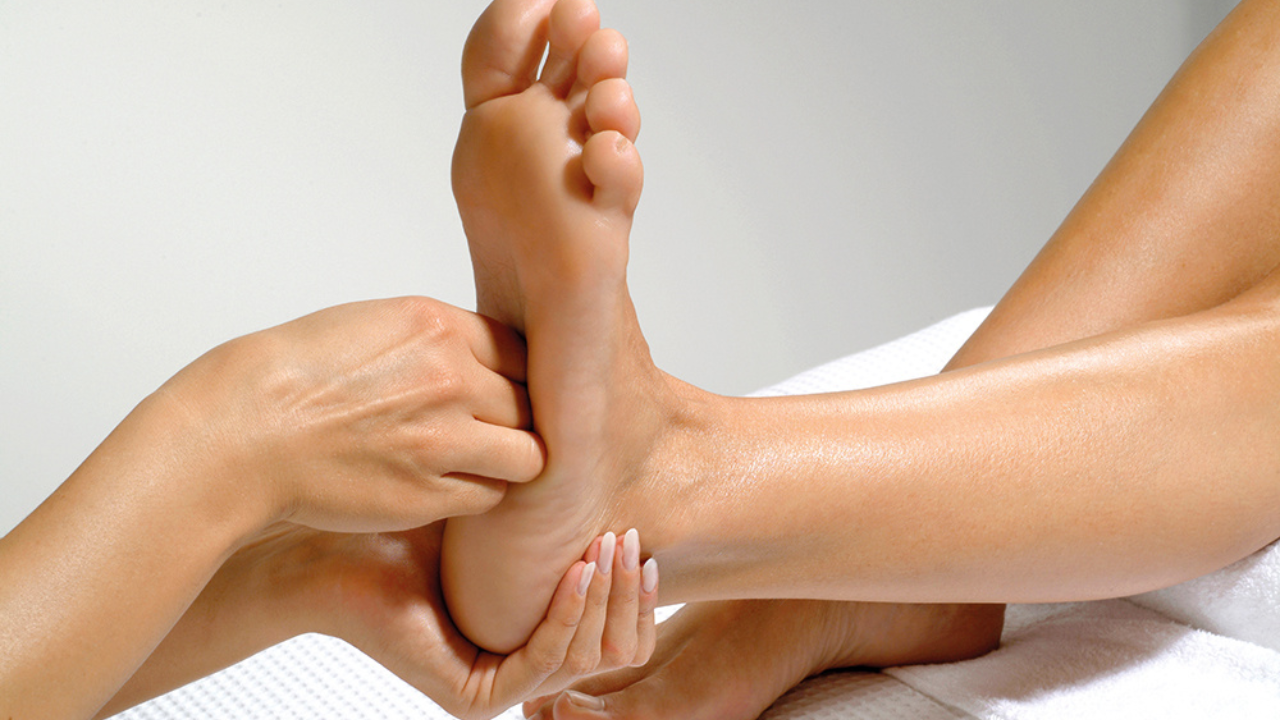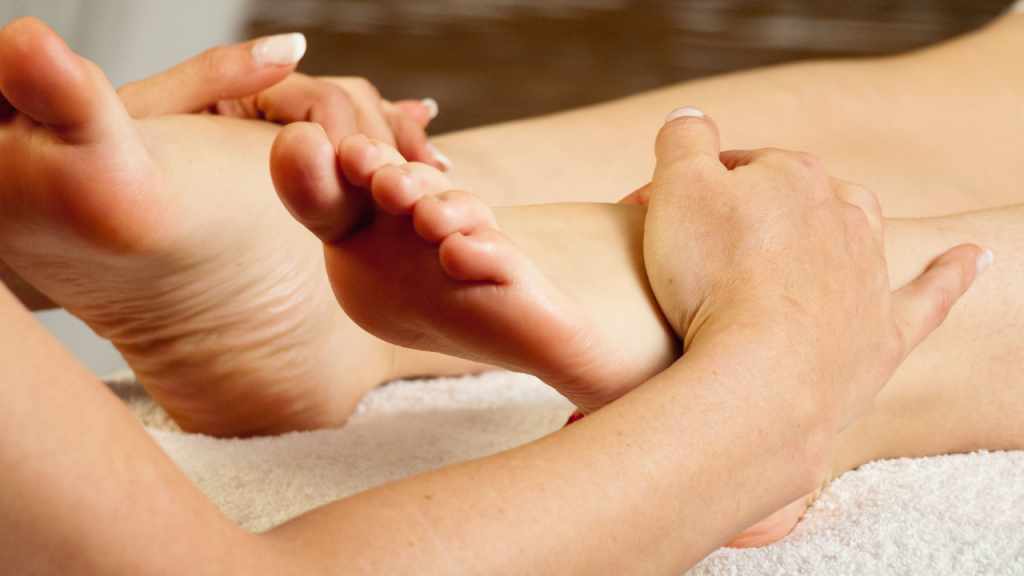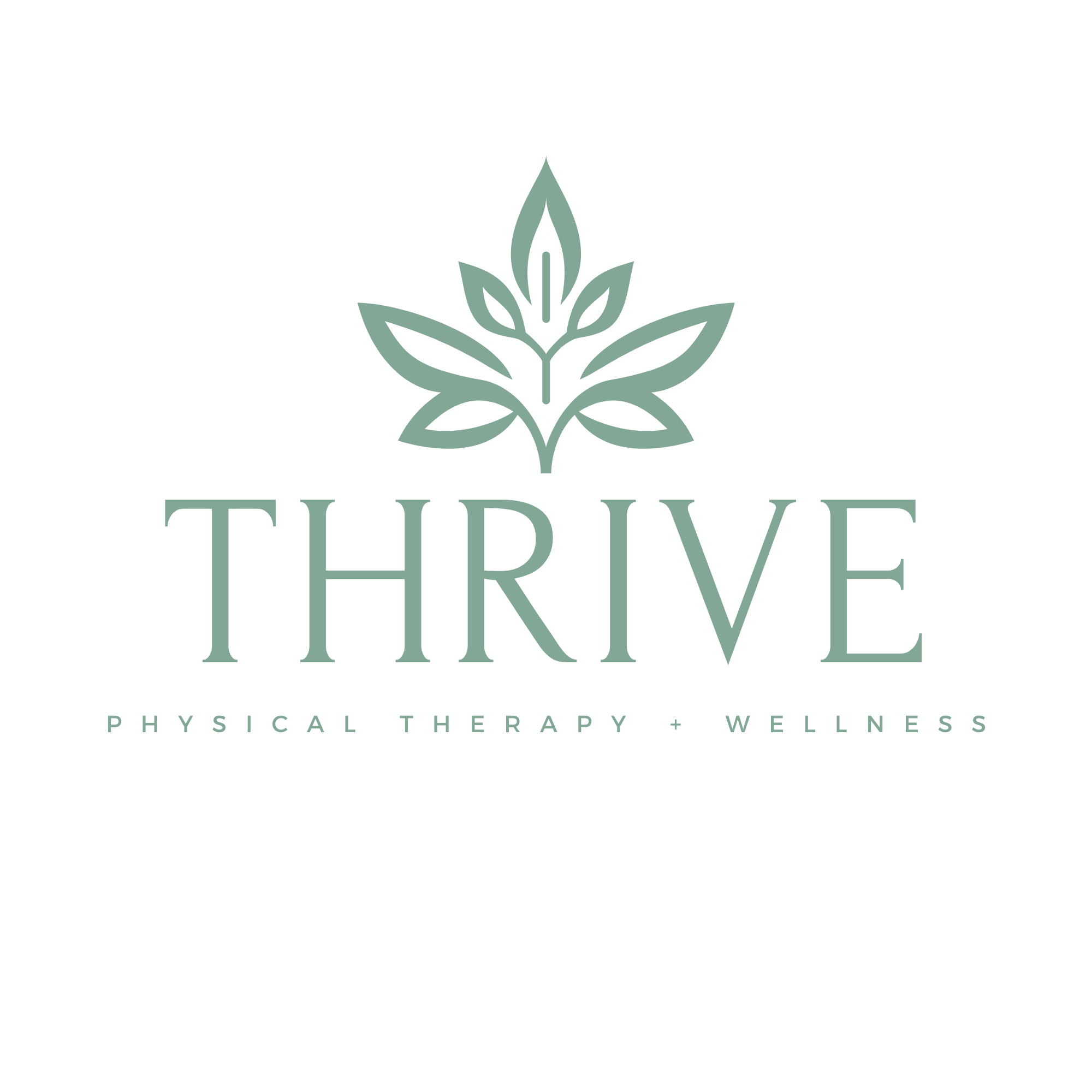
Foot pain is one of those silent disruptors. It creeps in quietly and suddenly hijacks your day—from the first step out of bed in the morning to the last weary shuffle at night. Whether it’s a dull ache in your heel, a burning throb across your arch, or sharp stabs near your toes, the frustration of foot pain can be both physical and emotional. But what’s the best route to lasting relief—physical therapy or custom orthotics?
While both approaches have their place in the world of healing, they are not interchangeable. Understanding how each method works—and more importantly, when and for whom—is key to finding a path back to pain-free movement. That’s where Thrive Physical Therapy steps in with their expertise and a patient-first philosophy.
The Anatomy of Foot Pain: A Sneaky Disruptor
Before diving into solutions, let’s understand the battlefield. Your feet carry the weight of your entire body, absorb shock with every step, and act as stabilizers during all sorts of activities. There are 26 bones, 33 joints, and over a hundred muscles, tendons, and ligaments all packed into each foot. When even one of these elements is out of sync, the ripple effects can be brutal.
Common culprits behind foot pain include plantar fasciitis, Achilles tendinitis, bunions, flat feet, high arches, and arthritis. Sometimes the pain is due to overuse, other times it’s improper footwear, poor biomechanics, or even systemic issues like diabetes. The key takeaway? Foot pain is rarely simple, and treating it requires a nuanced approach.
Physical Therapy: A Hands-On Path to Healing
Physical therapy takes a dynamic, functional approach to foot pain. Rather than just cushioning the problem area, PT addresses the why behind the pain. Is your gait off? Are your calf muscles too tight? Are your hips or ankles not pulling their weight? A physical therapist doesn’t just look at your foot—they study how your entire body moves and identify imbalances or weaknesses that may be contributing to the discomfort.
At Thrive Physical Therapy, this holistic mindset is central to their treatment philosophy. The team doesn’t just want to treat your symptoms; they want to empower you to understand your body, improve its mechanics, and prevent future pain.
A typical physical therapy plan might involve manual therapy to release tight fascia or mobilize stiff joints, exercises to strengthen stabilizing muscles, balance and coordination drills, gait retraining, and education on proper footwear and posture. Importantly, every session is tailored. You’re not getting a one-size-fits-all handout—you’re getting a plan built for you, by someone who’s genuinely invested in your recovery.
What makes PT so powerful is its active nature. You’re not passively relying on a device or insert; you’re learning to move better, stronger, and with greater awareness. For patients who value long-term solutions and want to take control of their recovery, physical therapy is often the perfect fit.
Custom Orthotics: The Support System in Your Shoe
Custom orthotics offer a different route to relief. They’re not about retraining your body’s movement patterns; they’re about supporting your current ones. Think of them as precision-crafted insoles that fit your unique foot shape and biomechanics. The goal? To realign, redistribute pressure, and provide structural support right where it’s needed.
Unlike off-the-shelf insoles, which are generic and mass-produced, custom orthotics are designed using detailed assessments, often including 3D foot scans, gait analysis, and pressure mapping. This personalization allows for a more targeted intervention—especially for issues like flat feet, high arches, overpronation, or metatarsalgia.
Orthotics can be especially helpful for people whose pain is exacerbated by standing or walking for long hours, such as nurses, teachers, retail workers, and athletes. For many, the difference between generic shoes and orthotics-supported footwear is like walking on pavement versus walking on clouds.
But orthotics come with a caveat—they address the symptom, not necessarily the cause. They can significantly reduce discomfort by adjusting how your feet bear weight, but they won’t strengthen your muscles or improve your mobility. In fact, long-term reliance without complementary therapy could make your body overly dependent on passive support.
The Complementary Approach: It’s Not Either/Or
Here’s the twist: it’s not always a choice between physical therapy or custom orthotics. In many cases, the two work best together.
Let’s say you’re dealing with plantar fasciitis, one of the most common causes of heel pain. Physical therapy can stretch your calf muscles, mobilize your plantar fascia, and teach you techniques to improve your walking mechanics. Meanwhile, custom orthotics can cushion your heel and correct abnormal foot positioning to prevent re-irritation during the healing phase.
At Thrive Physical Therapy, patients are encouraged to think of orthotics not as a final solution but as a supportive tool within a broader recovery strategy. The therapists don’t just hand you inserts and send you on your way—they use them strategically to enhance the outcomes of an active rehab program.
What sets Thrive apart is this integrative approach. Rather than leaning on one method, they combine science, experience, and personalized care to craft multi-dimensional recovery plans. They know that healing is rarely linear and that sometimes you need both support under your feet and the strength within your body to truly recover.
Real Life, Real Movement: Why Your Daily Habits Matter
Healing doesn’t happen in a vacuum. It happens in your living room, your workplace, your gym, and your backyard. That’s why Thrive Physical Therapy places a huge emphasis on educating patients about daily movement patterns.
Are you standing for hours without breaks? Do you wear unsupportive shoes? Do you ignore early warning signs of fatigue or tightness? The reality is that small habits can compound into chronic pain over time.
Physical therapists at Thrive work closely with you to evaluate these lifestyle factors. They may recommend minor tweaks—like foot stretches before getting out of bed, or replacing your worn-out sneakers—that end up making a major difference. This kind of patient-specific coaching is where physical therapy really shines. It meets you where you are and walks beside you, every step of the way.
Meanwhile, custom orthotics can be a smart way to supplement those lifestyle shifts. If you know you’ll be on your feet for eight hours a day, or you’ve had recurring issues for years, the extra structure and support can help bridge the gap between therapy sessions and daily life demands.
The Mind-Body Connection: Pain is Personal
Another aspect Thrive Physical Therapy doesn’t overlook is the emotional weight of chronic foot pain. When it hurts to move, everything feels harder. You avoid activities you love, your sleep might suffer, and even your mood can take a hit.
Physical therapists often act as more than just body mechanics—they become guides, motivators, and listeners. That relationship matters. When you feel heard and supported, healing feels less like a burden and more like a shared journey.
Orthotics, on the other hand, don’t offer that kind of emotional reinforcement. They can make your body feel better, yes—but they don’t address the mental side of pain. That’s why relying solely on a device to fix the issue can sometimes fall short of what’s truly needed: a holistic, human-centered approach.

Choosing What’s Right for You
So how do you decide between physical therapy and custom orthotics? The answer lies in your unique story.
If your foot pain came on suddenly, is affecting your mobility, and seems connected to your movement habits, physical therapy should likely be your first stop. If you’ve tried therapy before, or your pain feels distinctly structural (like fallen arches or a leg-length discrepancy), orthotics might be a smart addition.
Thrive Physical Therapy understands this balancing act. Their therapists are trained not just to deliver hands-on care but to educate, evaluate, and adjust plans in real-time. They’ll tell you if orthotics could help—or if what you really need is better ankle mobility and a few key stretches.
But again, it’s not about choosing one path forever. It’s about layering tools and expertise in a way that serves your long-term wellbeing. Many patients find success with a hybrid plan—starting with therapy to correct root issues, then adding orthotics to prevent flare-ups down the road.
Suggested Reading: Foot and Ankle Therapy: How Physical Therapy Can Fix Common Issues
Conclusion: Walking Toward a Pain-Free Future
Foot pain doesn’t have to be a life sentence. Whether you’re battling aching heels, burning arches, or sore toes, relief is possible—and often, it comes from looking at the bigger picture.
Physical therapy empowers you with movement, strength, and awareness. Custom orthotics support your body where it needs it most. Used together, they form a powerful alliance—one that’s stronger than either method on its own.
And if you’re feeling lost on where to begin, consider reaching out to a place that gets it. Thrive Physical Therapy isn’t just a clinic—it’s a community where patients are seen, heard, and supported through every stage of their healing. With personalized plans, compassionate care, and a deep understanding of human movement, Thrive helps you reclaim your steps, your strength, and your life—starting from the ground up.

